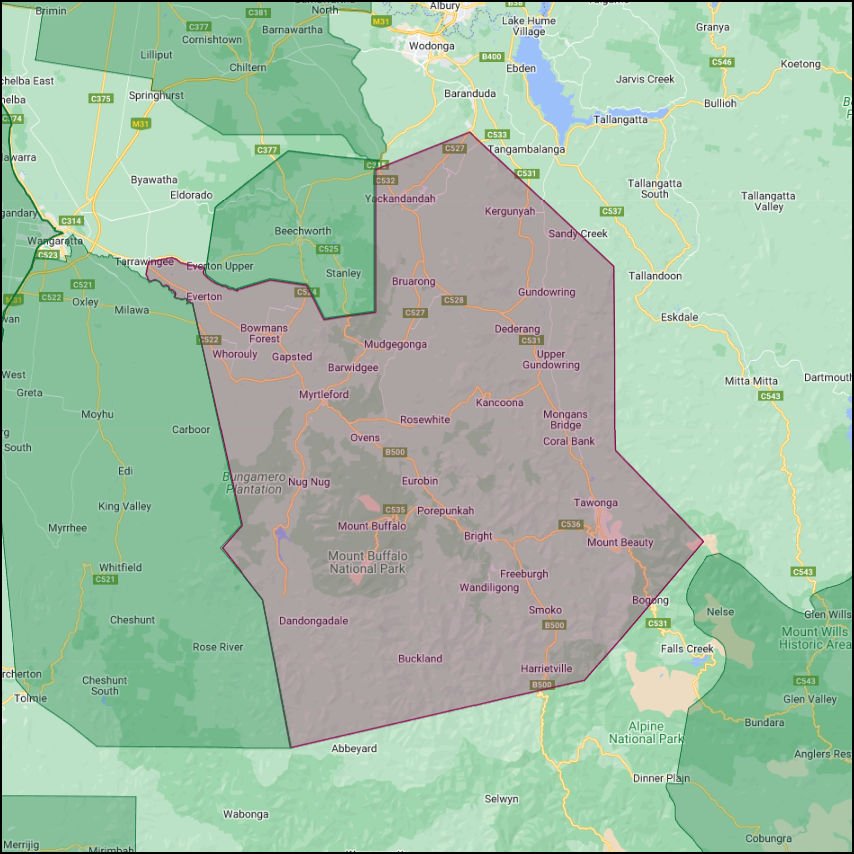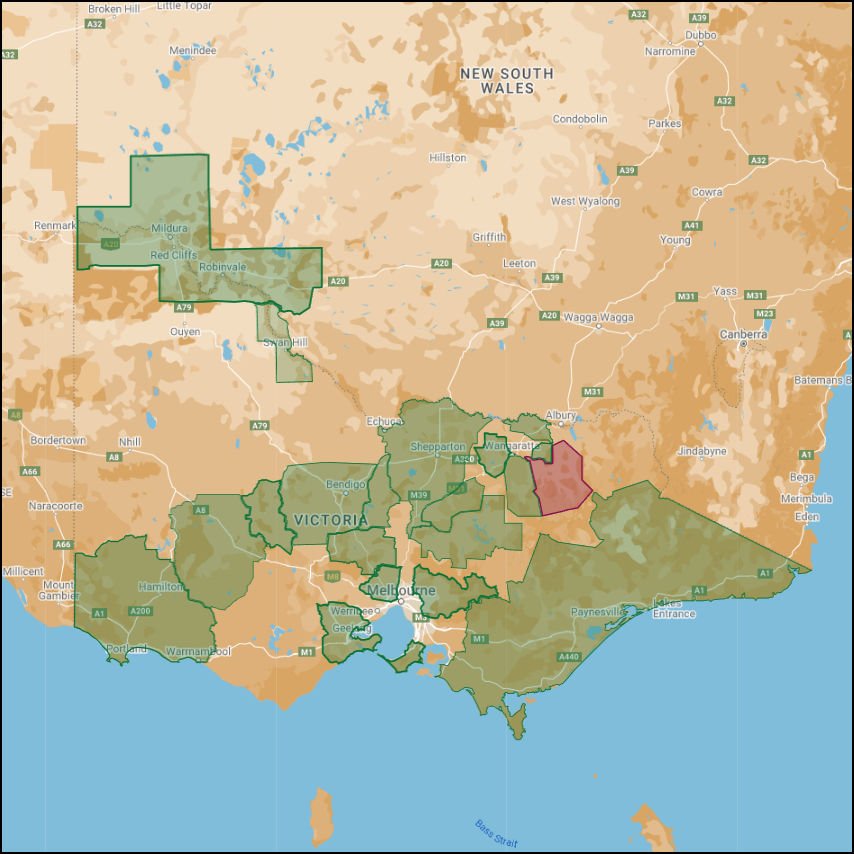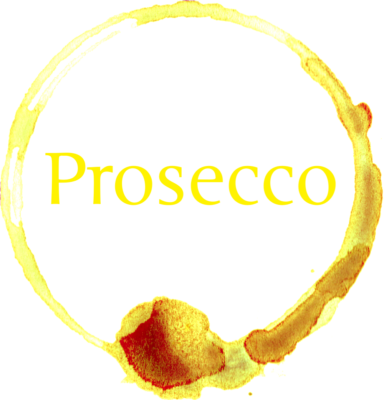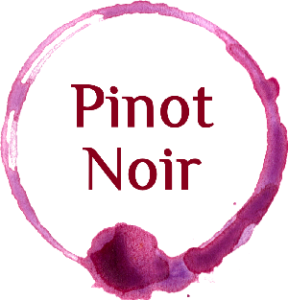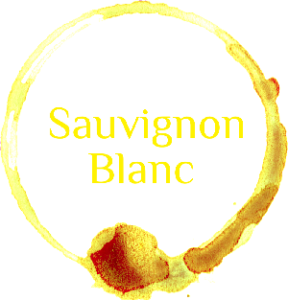The Alpine Valley wine region is just three and a half hours from Melbourne in the North East Victoria wine zone. The wine zone borders New South Wales and is shared with Rutherglen, King Valley, Beechworth and Glenrowan.
The region has a relatively short but vibrant history. The wine industry in the Alpine Valley region began to take shape in the 1980s when a small number of pioneering winemakers recognized the region’s potential for cool-climate viticulture. Inspired by the success of neighbouring wine regions, such as the King Valley and Beechworth, they planted vineyards and established wineries. Over the years, the region has steadily grown in reputation and recognition. Winemakers in the region have focused on understanding the unique terroir and matching grape varieties to specific microclimates within the region.
Sitting near the foothills of the Victorian Alps, the region consists of four valleys created by the Ovens, Buffalo, Buckland and Kiewa rivers, which create a unique climate so much so sub-regions may be created in the future. The nearby mountains influence the climate, providing cool temperatures and a long growing season. The region has one of the highest annual rainfall levels, second only to parts of Tasmania.
The Alpine Valley is home to several boutique wineries and family-owned vineyards. These producers often focus on small-batch production, allowing them to carefully craft their wines and showcase the region’s unique characteristics. Many winemakers in the Alpine Valley region have embraced sustainable viticultural practices. The region’s pristine environment and commitment to environmental stewardship have led to an emphasis on sustainable grape growing, including practices such as minimal intervention, organic farming, and biodiversity preservation.
Some notable wineries include Feathertop Winery and Ringer Reef Winery.
Top Stats
Harvest
Feb to mid Apr
Mean Jan temperature
21.3°C
Area of Vine
260 hectares
Altitude
155 – 1972m
Growing season rainfall
561mm
Principal Varietals
Alpine Valley wines are celebrated for their elegance, balance, and the expression of the region’s cool-climate characteristics. The white wines from the region are often characterized by vibrant acidity, citrus and stone fruit flavours, and crispness. The red wines can display vibrant fruit characters, balanced acidity, and supple tannins.
Whites varietals dominate 70/30 in this cool climate, with Chardonnay (22%) and Prosecco (18%) leading the crush in 2019. The regional Chardonnay often displays a combination of citrus and stone fruit flavours with crisp acidity, whilst the Prosecco typically exhibits crisp acidity, bright fruit flavours, and floral aromatics.
Pinot Noir comes in third with 16% of the crush and is the only red in the top 5. The varietal exhibits red fruit notes and a refined structure.
Sauvignon Blanc and Pinot Gris round out the top 5 with 14% and 12% respectively.
Noteable Varietals
Whilst whites dominate the region, the local Shiraz showcases vibrant fruit, spice, and a distinctive cool-climate pepperiness. Merlot also makes up the largest varietal produced from grapes grown in the region.
Smaller quantities of Durif, Dolcetto and Tempranillo can also be found in Alpine Valley.
Source: www.wineaustralia.com, Photo Credit


